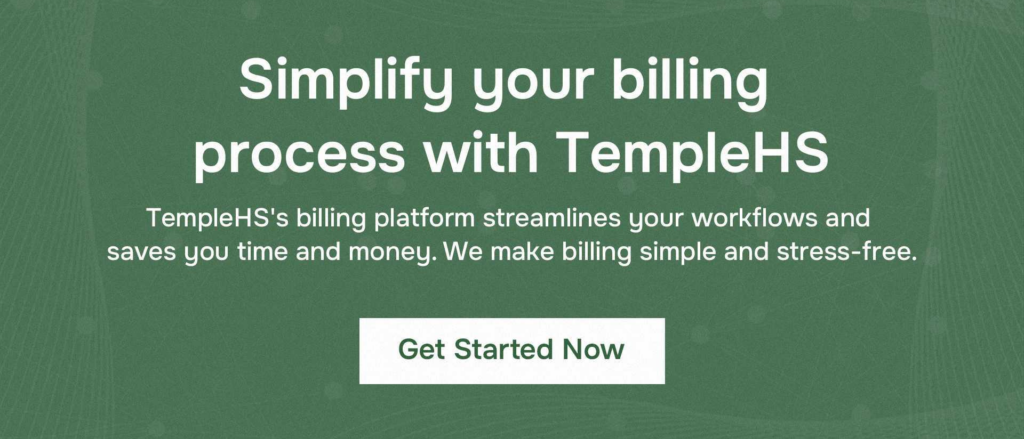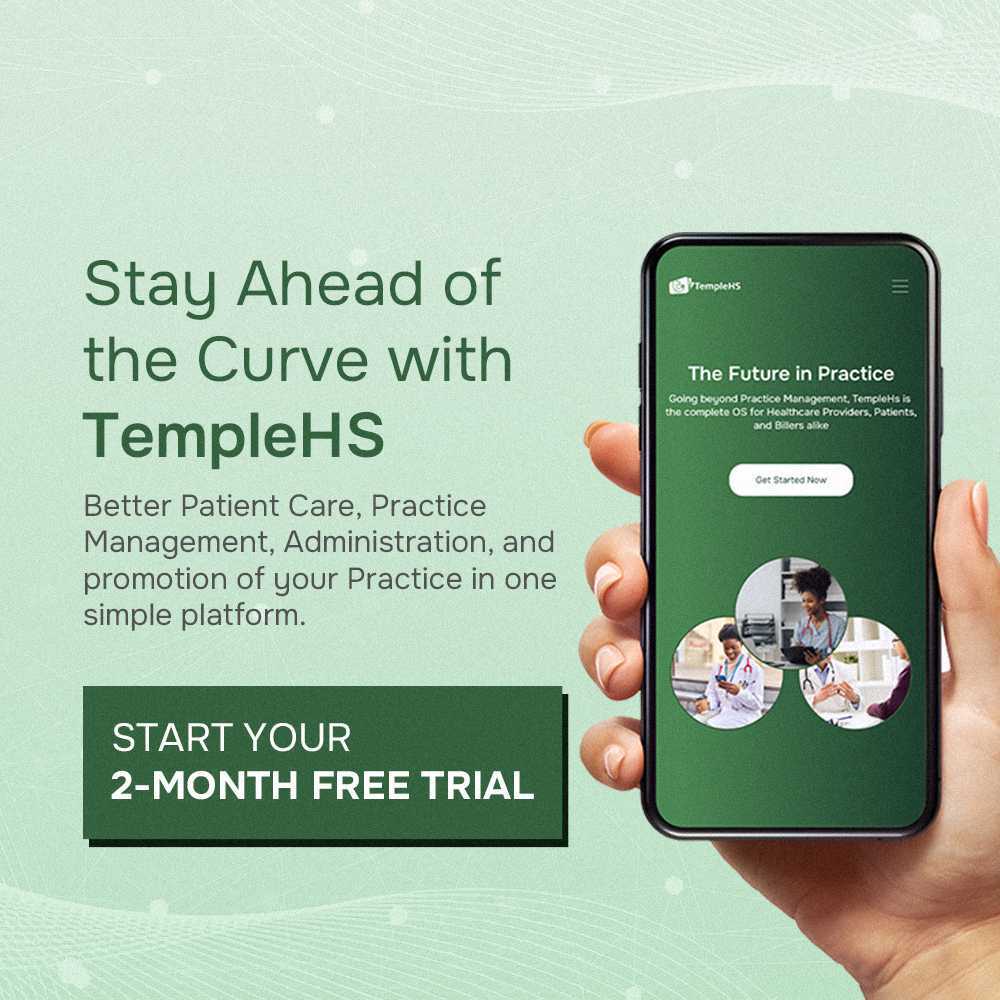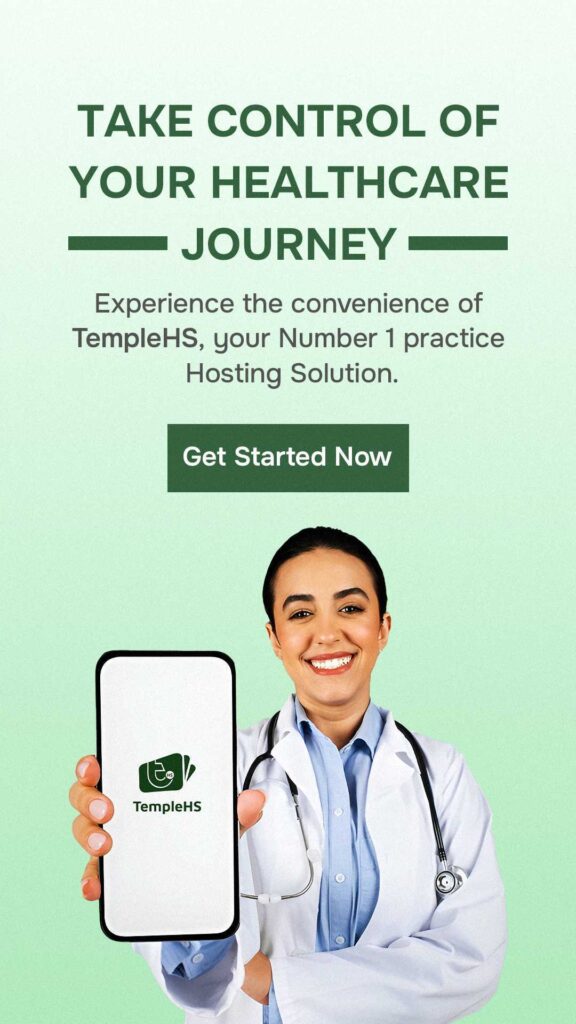Clinical documentation is the cornerstone of effective healthcare delivery, ensuring accurate patient records and seamless communication among medical professionals. Yet, many practices struggle with the burdensome task of maintaining comprehensive and error-free documentation. Inefficiencies in this area can lead to increased workloads, stress, and even jeopardize patient care quality.
This post will explore practical solutions to alleviate the headaches associated with clinical documentation, helping your practice run smoothly and efficiently.
What Are the Most Common Clinical Documentation Issues?
1. Incomplete Documentation
One of the most prevalent issues in clinical documentation is incomplete records. Missing details such as patient histories, treatment plans, and follow-up information can lead to significant gaps in care. This not only hinders the ability of healthcare providers to deliver effective treatment but also impacts legal compliance and reimbursement processes. Ensuring that every patient interaction is thoroughly documented is essential for maintaining high standards of care and operational efficiency.
2. Inaccurate or Erroneous Information
Errors in clinical documentation, whether due to typos, incorrect information, or misinterpretations, can have serious consequences. These inaccuracies can lead to incorrect diagnoses, inappropriate treatments, and compromised patient safety. Regular audits and the implementation of electronic health records (EHR) systems with built-in error-checking mechanisms can help mitigate this issue.
3. Overdocumentation
While thorough documentation is critical, overdocumentation can be problematic. Excessive details, redundant information, and unnecessary narrative can clutter patient records, making it difficult for healthcare providers to quickly find pertinent information. This can lead to inefficiencies and increased time spent on reviewing records. Striking a balance between comprehensive and concise documentation is key to maintaining clarity and usability.
4. Time Constraints
Healthcare providers often face significant time pressures, which can result in rushed or delayed documentation. This issue is exacerbated by the high patient-to-provider ratios and the increasing administrative burdens placed on clinicians. Solutions such as voice recognition software, scribe services, and streamlined EHR systems can help reduce the time required for documentation, allowing providers to focus more on patient care.
5. Inconsistent Terminology and Abbreviations
The use of inconsistent terminology and abbreviations can lead to confusion and miscommunication among healthcare providers. Standardizing clinical language and using universally accepted abbreviations can help ensure that all members of the healthcare team understand the documented information correctly. Regular training and adherence to established documentation guidelines are essential in addressing this issue.
6. Lack of Training and Support
Insufficient training and support for healthcare providers on proper documentation practices and EHR systems can lead to a variety of documentation problems. Ongoing education and readily available technical support are crucial for ensuring that clinicians are proficient in using documentation tools and adhering to best practices.
7. Security and Privacy Concerns
Maintaining the confidentiality and security of patient information is paramount. Inadequate security measures can lead to data breaches and unauthorized access to sensitive information. Implementing robust security protocols, regular audits, and compliance with HIPAA regulations are necessary to protect patient data and maintain trust.
8. Integration Issues with EHR Systems
Many practices struggle with integrating EHR systems with other clinical and administrative software. This lack of interoperability can result in fragmented records and duplicated efforts. Choosing EHR systems that offer seamless integration and regularly updating software to enhance compatibility can help overcome these challenges.
How to Solve These Issues
1. Implement Comprehensive Training Programs
Investing in thorough training programs for healthcare providers is crucial. These programs should cover proper documentation practices, efficient use of EHR systems, and standardized terminology. Continuous education and refresher courses can ensure that staff remain proficient and up-to-date with the latest practices and technologies. Providing accessible technical support can also help address any ongoing issues promptly.
2. Leverage Advanced Technology
Utilizing advanced technology, such as voice recognition software and AI-powered documentation tools, can significantly reduce the time and effort required for clinical documentation. These technologies can help automate data entry, minimize errors, and streamline the documentation process. Additionally, integrating EHR systems with other clinical and administrative software can ensure seamless data flow and reduce duplication of efforts.
3. Standardize Documentation Practices
Establishing standardized documentation guidelines and protocols can help ensure consistency and clarity in clinical records. This includes using universally accepted terminology and abbreviations, as well as setting clear expectations for the level of detail required in documentation. Regular audits and feedback can help maintain adherence to these standards and identify areas for improvement.
4. Enhance Security Measures
Protecting patient information is paramount. Implementing robust security measures, such as encryption, secure access controls, and regular data audits, can help safeguard against data breaches and unauthorized access. Ensuring compliance with HIPAA regulations and conducting regular security training for staff can further strengthen data protection efforts.
Getting Rid of Clinical Documentation Issues with TempleHS
TempleHS offers a robust solution to address common clinical documentation issues. Their advanced software integrates seamlessly with existing Electronic Health Record (EHR) systems, streamlining documentation processes and reducing administrative burdens on healthcare providers.
One of the primary benefits of TempleHS’s solution is its intuitive design, which simplifies the documentation process for medical staff. This leads to fewer errors and omissions, ensuring that patient records are accurate and up-to-date.
TempleHS also enhances data security, a critical concern in healthcare. Their system is compliant with all relevant regulatory standards, including HIPAA, ensuring that patient information is protected against breaches and unauthorized access. This robust security framework instills confidence in both providers and patients.
In summary, Temple Health Solutions provides a comprehensive answer to clinical documentation challenges. By integrating with existing EHR systems, simplifying workflows, enhancing data security, and offering valuable analytics, TempleHS ensures that healthcare providers can focus more on patient care and less on administrative tasks. For more detailed information, visit TempleHS.com.
Conclusion
Addressing the challenges of clinical documentation can significantly enhance the operational efficiency and overall quality of care within your practice. By implementing streamlined processes and leveraging appropriate tools, you can reduce the administrative burden on healthcare providers, allowing them to focus more on patient care. Ultimately, the goal is to create a more organized, efficient, and patient-centered practice. This post will provide actionable steps and insights to help you achieve that goal.



